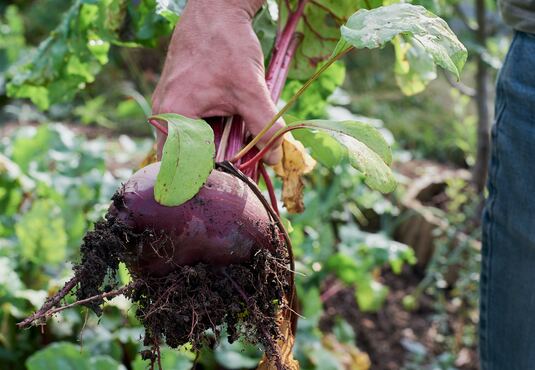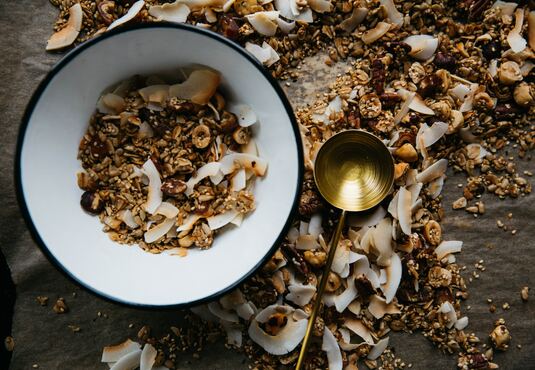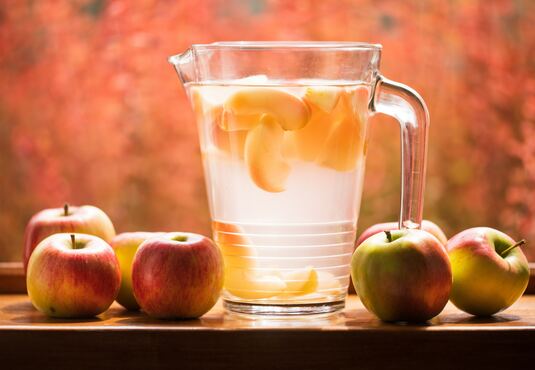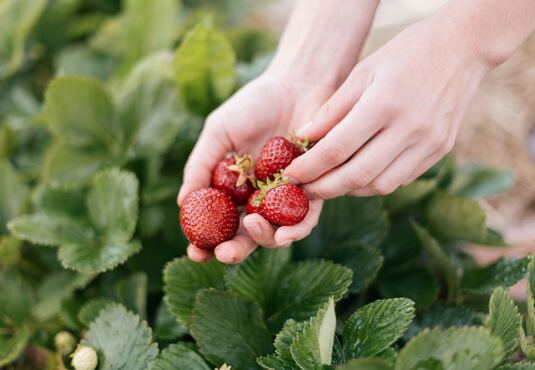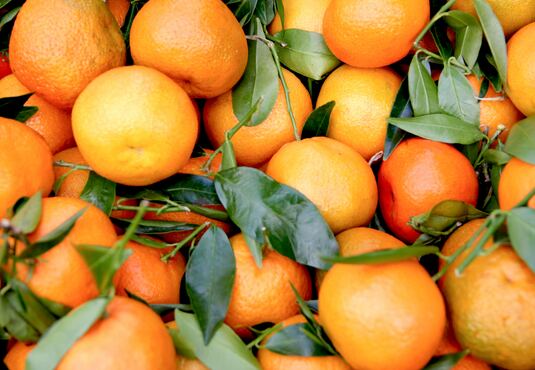
Different Sweeteners – Alternatives to sugar
When it comes to healthy eating, one of the most important principles is to keep the sugar intake as low as possible. This is because sugar and foods, which are rich in sugar, only provide "empty calories" - i.e. quick and only short-lasting energy without valuable nutrients such as vitamins, minerals or secondary plant substances, which would improve our health. People who fill their sugar accounts daily also have a higher risk of obesity, diabetes and cardiovascular disease.
If sweet wasn't sooo good... Since ever, we've been attracted to the sweet taste. Because we associate "sweet" with "non-toxic" as a result of our evolution. For our ancestors, sweetness was a sign that something could be enjoyed without hesitation. But those meals used to be fruits from nature and not processed foods with added sugar.
For many who don´t want to give up sweetness, alternative sugar products or sweeteners seem to be an attractive choice (besides artificial sweeteners or sugar substitutes). And there are now quite a few of these on the market. In any case, it's worth taking a closer look at the sugar alternatives.
Honey
Honey has been used as a sweetener for thousands of years and is commonly regarded as a "healthy sugar". While there are arguments for the use of honey, first and foremost the regionality and the positive health effects with which the ingredients can be associated, honey nevertheless remains a food with a very high sugar content and should therefore only be consumed in small quantities.
Agave syrup
The boiled-down juice of (mostly Mexican) agave has a similar calorie content to ordinary table sugar. Although the lower glycemic index causes a lower rise in blood sugar, this is mainly due to the high fructose content. Since fructose has been linked to the development of liver disease and various metabolic disorders, agave syrup cannot be recommended as a healthy sugar alternative.
Rice syrup
Rice syrup is made from ground rice, water and enzymes. Due to its relatively high content of oligosaccharides, it causes a slower rise in blood sugar. Although rice syrup contains fewer calories than household sugar, its sweetening power is significantly lower in comparison, which is why rice syrup is not really a cheaper alternative in practice.
Coconut blossom sugar
Coconut blossom sugar is obtained from the blossoms of the coconut palm. Due to the complex production, coconut blossom sugar is relatively expensive. The taste is slightly malty and less sweet than household sugar. It is often advertised as having a high content of minerals and vitamins. However, one would have to consume very large quantities to achieve a really significant intake of important micronutrients, which is of course not recommended due to the high sugar content.
Birch sugar and xylitol
Birch sugar, also known as xylitol, belongs to the group of sugar alcohols. In most cases, xylitol is derived from either birch and beech bark or corn cobs. Xylitol has the same sweetening power as table sugar, but 40% fewer calories and a lower glycemic index. The main argument against the use of birch sugar is that it can cause digestive problems when consumed in larger quantities.
Erythritol
Erythritol is also a sugar alcohol, but unlike xylitol it contains no calories and has no laxative effect. It is produced industrially by fermenting glucose from wheat or corn starch. Erythritol looks like sugar, but has a slightly lower sweetening power and no effect on blood sugar levels. However, since there are not yet sufficient scientific long-term studies, erythritol cannot be recommended without hesitation.
In general, even supposedly healthy sugar alternatives should not be used carelessly in the belief that they are doing something good for the body. The most important goal remains to lower the individual "sweet threshold" to which we have become accustomed over a longer period of time. You can also take just as much time for this, because step by step is more successful. It is particularly worth taking a critical look at our daily beverage intake, which often unconsciously makes a big contribution. Enjoying a sweet drink or sweet treats every now and then - there is absolutely nothing wrong with that. After all, they are part of the sweet side of life.





